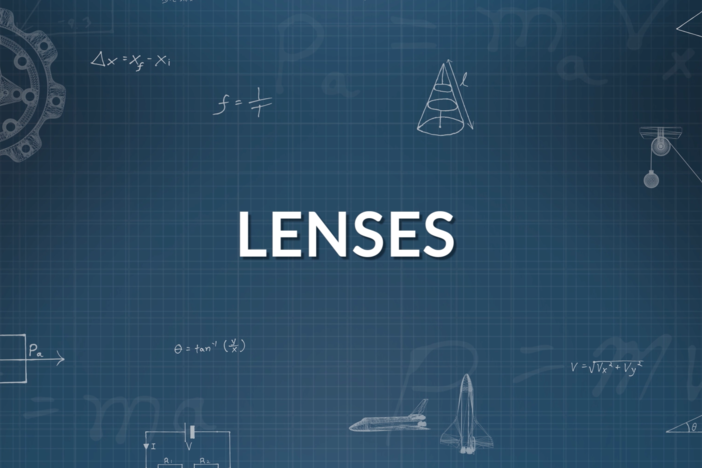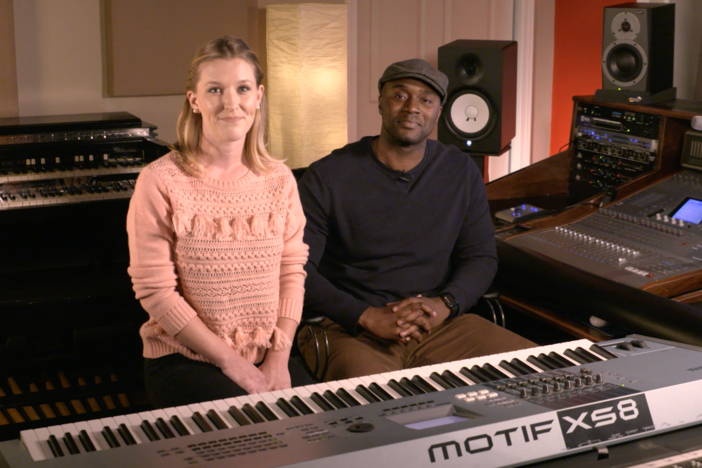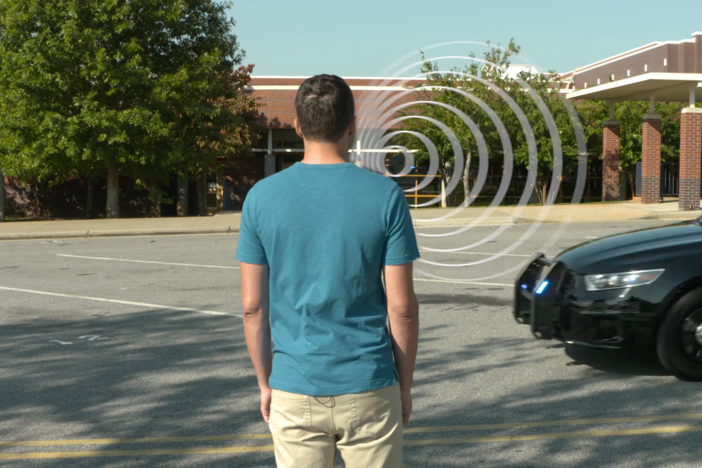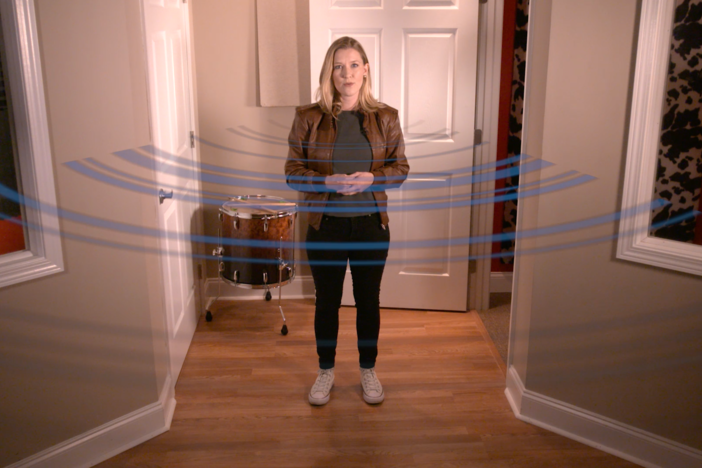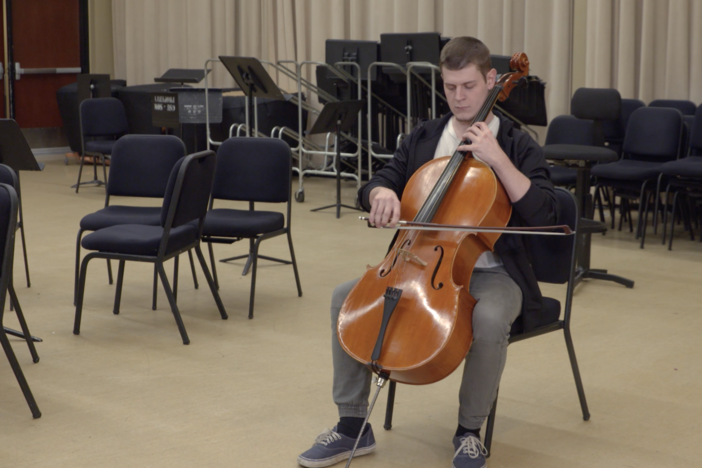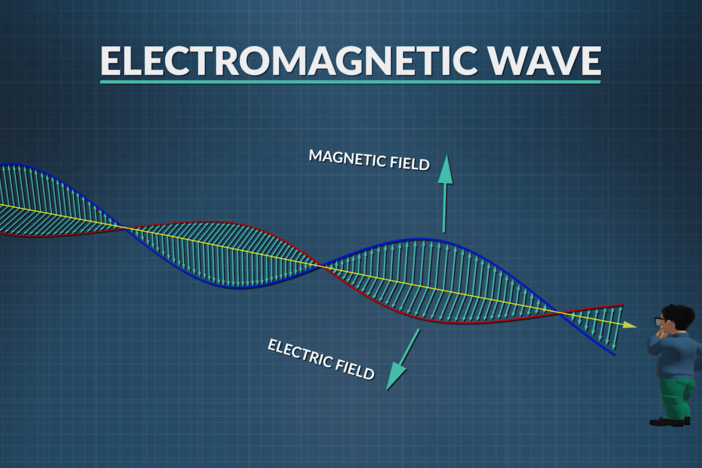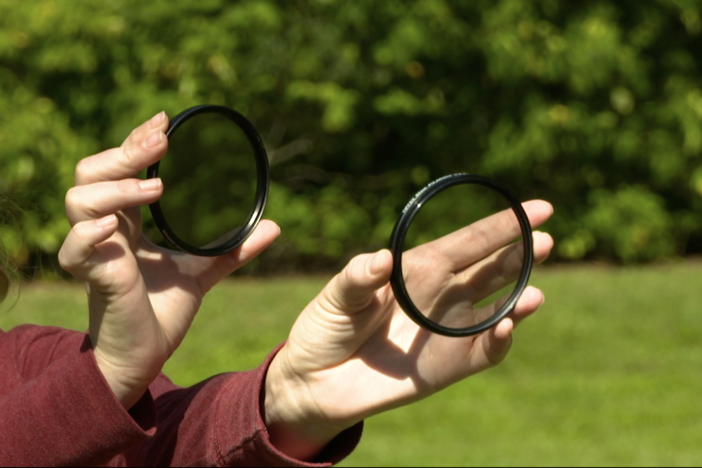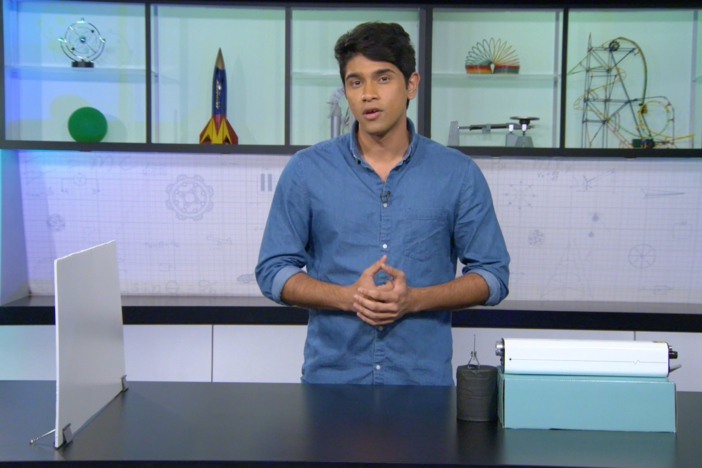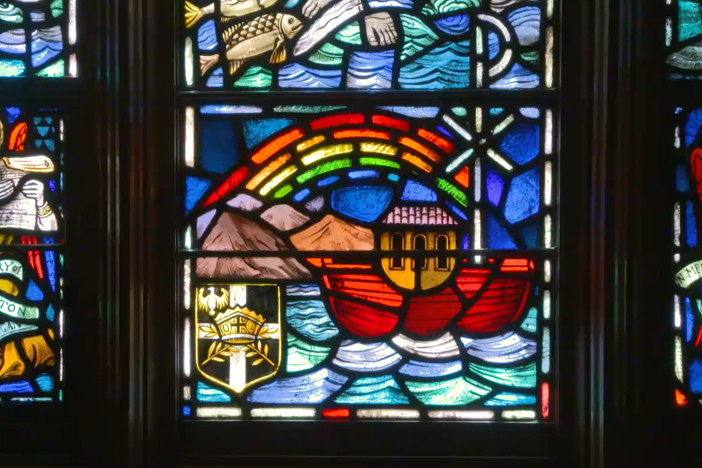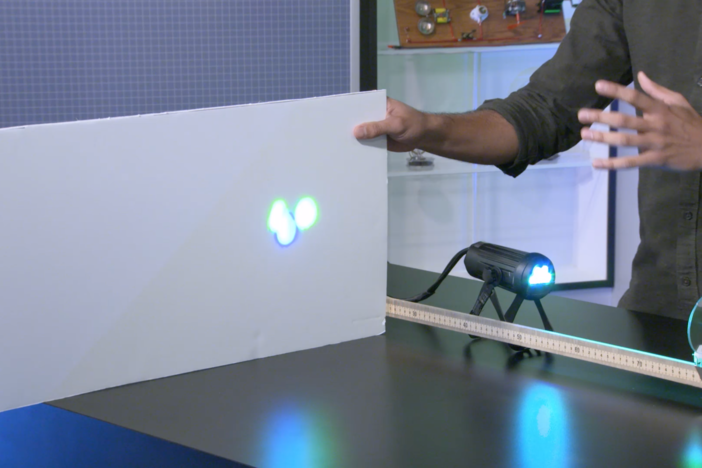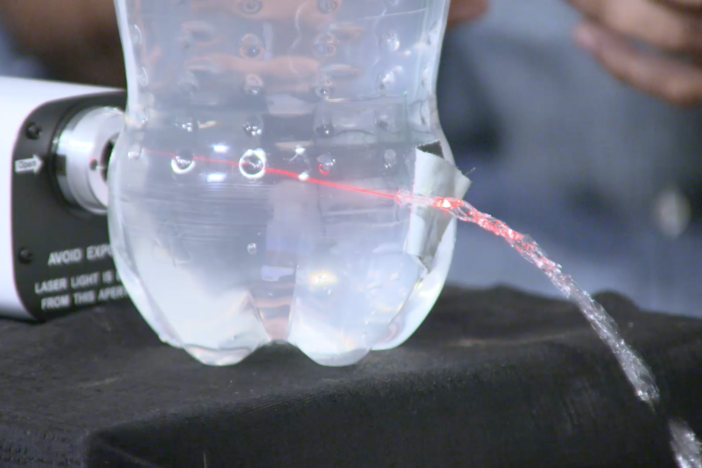Segment N: Spherical Lenses
The properties of spherical lenses are discussed as we learn terms such as center of curvature, focal point, and principal axis. The properties of images formed by concave and convex lenses are also examined through ray diagrams.
Segment N: Spherical Lenses
The properties of spherical lenses are discussed as we learn terms such as center of curvature, focal point, and principal axis. The properties of images formed by concave and convex lenses are also examined through ray diagrams.
Science
Obtain, evaluate, and communicate information about the properties and applications of waves.
Plan and carry out investigations to characterize the properties and behavior of electromagnetic waves.
Plan and carry out investigations to describe common features of light in terms of color, polarization, spectral composition, and wave speed in transparent media.
- Analyze experimentally and mathematically aspects of reflection and refraction of light waves and describe the results using optical ray diagrams.
- Perform calculations related to reflections from plane surfaces and focusing using thin lenses.
Plan and carry out investigations to identify the behavior of light using lenses.
Obtain, evaluate, and communicate information to explain the properties of waves.
Develop models based on experimental evidence that illustrate the phenomena of reflection, refraction, interference, and diffraction.
Obtain, evaluate, and communicate information to support the claim that electromagnetic (light) waves behave differently than mechanical (sound) waves.
Develop and use a model to compare and contrast how light and sound waves are reflected, refracted, absorbed, diffracted or transmitted through various materials.
Develop and use models to demonstrate the effects that lenses have on light (i.e., formation an image) and their possible technological applications.
-Apply the concept of refraction to image formation with spherical lenses.
-Compare and contrast convex and concave lenses conceptually and mathematically, understanding and applying their similarities and differences.
-Compare and contrast real and virtual images formed by lenses.
-Define and apply the terms center of curvature, principal axis, focal length, and radius of curvature.
-Experiment with convex and concave lenses and understand how they are used in real life.
-Describe the types of images that form for convex and concave lenses when objects are beyond the center of curvature, at the center of curvature, between the center of curvature and the focal point, at the focal point, and between the focal point and the lens.
center of curvature (C) - the point in the center of the imaginary sphere from which the lens is cut.
concave lens - a diverging lens that possesses at least one surface that curves inwards; it spreads out light rays that have been refracted through it.
convex lens - a converging lens that has at least one surface that curves outwards; it bends light rays inward that have been refracted through it.
focal length (f) - the distance from the center of a lens to the focal point.
focal point (F) - the point in space where parallel light rays meet after bending through a lens.
principle axis - the horizontal line that connects the center of the spherical lens with the center of the sphere of which the lens is part.
radius of curvature (R) - the distance from the center of a lens to the center of curvature.
real image - an image formed when light rays converge in real space.
Snell’s Law - the law states that the ratio of the sines of the angles of incidence and refraction is constant for all incidences in any given pair of media for electromagnetic waves of a definite frequency.
virtual image - an optical image formed from the apparent divergence of light rays from a point, as opposed to an image formed from their actual divergence.
The Physics in Motion teacher toolkit provides instructions and answer keys for study questions, practice problems, labs for all seven units of study. GPB offers the teacher toolkit at no cost to Georgia educators.To order your teacher toolkit, complete and submit this form to request the teacher toolkit. You only need to submit this form one time to get materials for all seven units.
